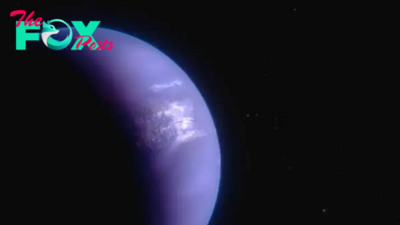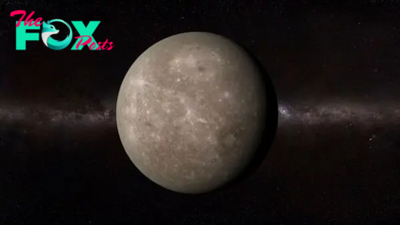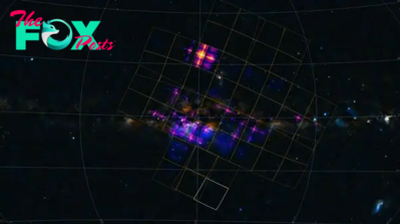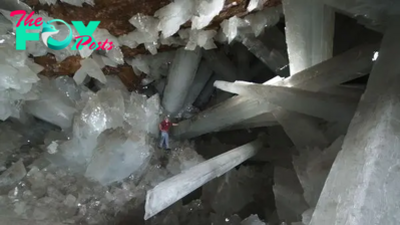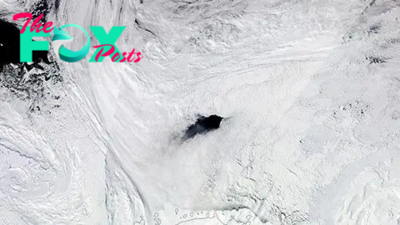Science
An extra moon may be orbiting Earth — and scientists think they know exactly where it came from
A fast-spinning asteroid that orbits in time with Earth may be a wayward chunk of the moon. Now, scientists think they know exactly which lunar crater it came from.
A new study, published April 19 in the journal Nature Astronomy, finds that the near-Earth asteroid 469219 Kamo'oalewa may have been flung into space when a mile-wide (1.6 kilometers) space rock hit the moon, creating the Giordano Bruno crater.
Kamo'oalewa's light reflectance matches that of weathered lunar rock, and its size, age and spin all match up with the 13.6-mile-wide (22 km) crater, which sits on the far side of the moon, the study researchers reported.
China plans to launch a sample-return mission to the asteroid in 2025. Called Tianwen-2, the mission will return pieces of Kamo'oalewa about 2.5 years later, according to Live Science's sister site Space.com.
"The possibility of a lunar-derived origin adds unexpected intrigue to the [Tianwen-2] mission and presents additional technical challenges for the sample return," Bin Cheng, a planetary scientist at Tsinghua University and a co-author of the new study, told Science.
Related: How many moons does Earth have?
Kamo'oalewa was discovered in 2016 by researchers at Haleakala Observatory in Hawaii. It has a diameter of about 100 to 200 feet (approximately 30 to 60 meters, or about the size of a large Ferris wheel) and spins at a rapid clip of one rotation every 28 minutes. The asteroid orbits the sun in a similar path to Earth, sometimes approaching within 10 million miles (16 million km).
-
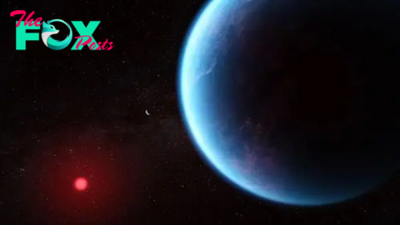
 Science15h ago
Science15h agoNo, the James Webb Space Telescope probably didn't detect signs of alien life — but it soon could
-

 Science1d ago
Science1d ago'You certainly don't see this every day': Ultra-rare backward-spinning tornado formed over Oklahoma
-
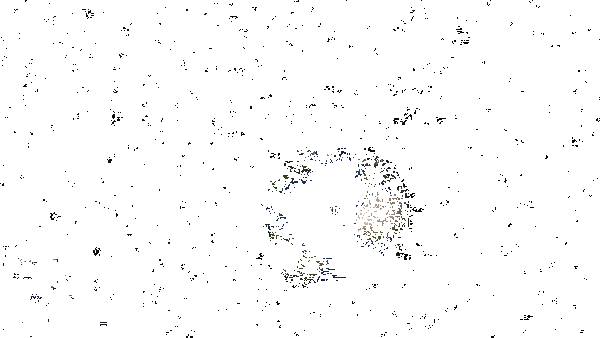
 Science1d ago
Science1d agoAsteroid that exploded over Berlin was fastest-spinning space rock ever recorded
-
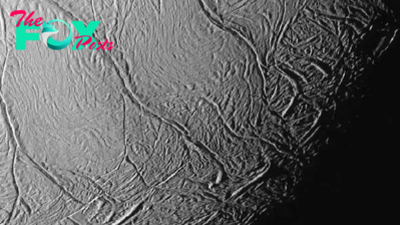
 Science1d ago
Science1d agoEnormous 'San Andreas fault' on Saturn's moon could help reveal signs of alien life
-
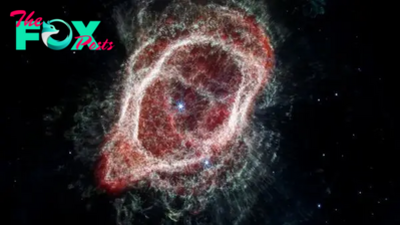
 Science1d ago
Science1d ago'We were amazed': Scientists find hidden structure in nebula captured by James Webb telescope
-

 Science1d ago
Science1d agoSun's chaotic peak triggers record-breaking 'global auroras' on Mars
-
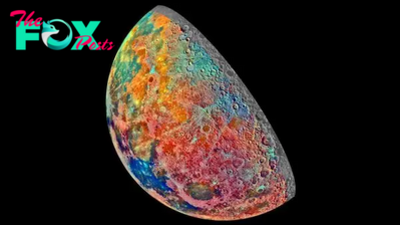
 Science2d ago
Science2d agoWhat would happen if the moon disappeared tomorrow?
-

 Science2d ago
Science2d agoSee up to 50 'shooting stars' per hour as the Eta Aquarid meteor shower peaks this weekend
